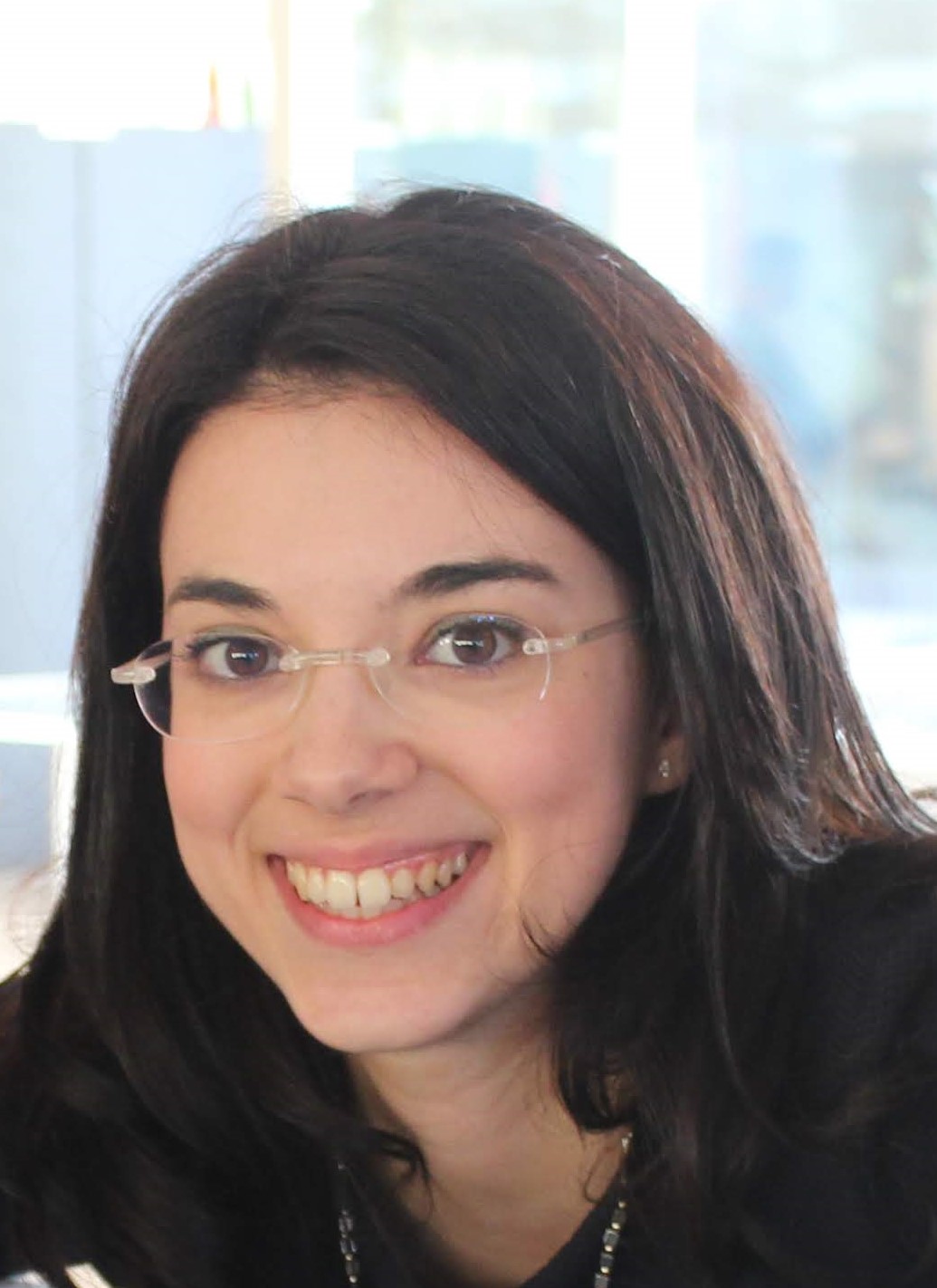 |
MARIANGELA GOVERNATORI
Personale tecnico amministrativo
CENTRO INTERDIPARTIMENTALE GRANDI STRUMENTI
|
Home |
Pubblicazioni
2023
- Highly reflective engobes for ink-jet printed coloured porcelain stoneware tiles (CO-2:L05)
[Articolo su rivista]
Cedillo-Gonzalez, E. I.; Governatori, M.; Siligardi, C.
abstract
Ink-jet decoration is a technology suitable for designing ceramic tiles with solar reflectance (SR) properties. SR is the ratio between the solar energy reflected by a surface and the total incident energy. If incorporated into the cities' building envelope, solar reflective tiles mitigate the Urban Heat Island (UHI) phenomenon, which makes urban centres hotter than rural areas. Even if many efforts have been conducted to develop solar reflective surfaces, little research has been conducted for the development of coloured tiles suitable to be fabricated by ink-jet technology, where the inks tend to counteract the effect of the reflective engobes. To overcome such an issue, the fabrication of solar reflective ink-jet decorated tiles using a reflective engobe was investigated. The engobe was prepared using an industrial CZAS (CaO–ZrO2–Al2O3–SiO2) frit and a ZrSiO4 pigment. The engobe prepared with such frit presented a high SR value (0.918 ± 0.002) and was able to develop ink-jet printed coloured tiles (cool colors) using both white and red porcelain stoneware supports. Overall, it was found that using high engobe thicknesses, white porcelain stoneware supports, and light colour inks allows the fabrication of cool color ink-jet printed tiles. Most of those tiles present solar reflective properties higher than those reported in previous works, even for dark inks that usually tend to counteract the effect of solar reflective engobes.
2022
- Solar reflective ink-jet printed porcelain stoneware tiles as an alternative for Urban Heat Island mitigation
[Articolo su rivista]
Cedillo-Gonzalez, E. I.; Governatori, M.; Ferrari, C.; Siligardi, C.
abstract
Digital ink-jet printing is a decoration system for ceramic tiles that requires the application of engobes with high whiteness and opacity, characteristics that can be used to design solar reflective ink-jet decorated tiles. These materials can help to mitigate Urban Heat Island (UHI) phenomenon. Here, the fabrication of ink-jet printed solar reflective tiles using an engobe with high solar reflectance was investigated. Two printing modalities (binary (BIN) and grayscale (GS)), five printing intensities, and four colours were tested. It was found that some of the prepared tiles can be used for mitigating the UHI phenomenon. The solar reflective properties were mainly derived from the reflective engobe, and in some grade, from the mineral composition of the inks. The colour and roughness measurements revealed that the GS modality could prepare ink-jet decorated tiles with good solar reflective properties with a smaller quantity of inks and good soiling resistance.
2022
- Solar reflective properties of porcelain tiles for UHI mitigation: effect of highly reflective frits in the engobe's formulation
[Articolo su rivista]
Governatori, M.; Cedillo Gonzalez, E. I.; Manfredini, T.; Siligardi, Cristina
abstract
The 2030 Agenda for Sustainable Development charts the course for transforming the world socially, economically, and environmentally by 2030. Cities represent a critical issue in this transformation: the population growth and the intense anthropogenic activity make them centers of strong environmental impact. For instance, cities have become Urban Heat Islands (UHIs) due to the significant increase in temperatures caused by pollution and heat produced by human activities. The urgency to make cities sustainable from an environmental point of view urges the search for innovative solutions to counter this phenomenon. One of those solutions is reflective tiles, as they absorb less heat and stay cooler than traditional materials and are considered an effective mitigation technique against the UHI phenomenon. This study investigated the obtaining of solar reflective ceramic tiles through the modification of the engobe's formulation. To achieve this goal, a glass-ceramic frit with high solar reflectance (SR) property (0.95) was incorporated into the formulation of a commercially available ceramic engobe. To verify whether the modified engobe can be used to prepare solar reflective cool color ceramic tiles, the tiles were decorated in quadrichromy by ink-jet printing according to the four-color CMYK color model. The Gray Scale (GS) printing system was used to investigate five different printing intensities. The results suggest that when a glass-ceramic frit with a high intrinsic SR value is incorporated into the formulation of an industrial engobe, it can raise its SR value, passing from 0.69 to 0.75. However, the productive process used to obtain ceramic tiles limits the SR values due to crystallization. It was also found that ink-jet decoration negatively affects the solar reflective property of the tiles prepared with the new engobe due to its coverage by the inks and their mineralogical composition. Thus, the results presented in this work evidence that changing the engobe's formulation is not enough to obtain ceramic tiles with high solar reflective properties.
2021
- Preparation and characterization of glass ceramic frits with high solar reflectance
[Articolo su rivista]
Governatori, M.; Ferrari, C.; Manfredini, T.; Siligardi, C.
abstract
The temperature of cities increases due to the UHI phenomenon and climate change. Among the mitigation strategies, high solar reflectance materials make an important contribution, in particular ceramic materials on which studies have shown that the functionalization of the ceramic engobe allows to increase solar reflectance (SR). This study attempted to improve the SR of ceramic tiles, starting from studies correlating the heat treatment temperatures of glass-ceramic frits with SR, because frit is fundamental for the preparation of an engobe, which plays, as some studies have shown, an increasingly important role in solar reflectance. Five glass-ceramic frits have been analysed: four of these are commercial frits, while one has been obtained and optimized experimentally.